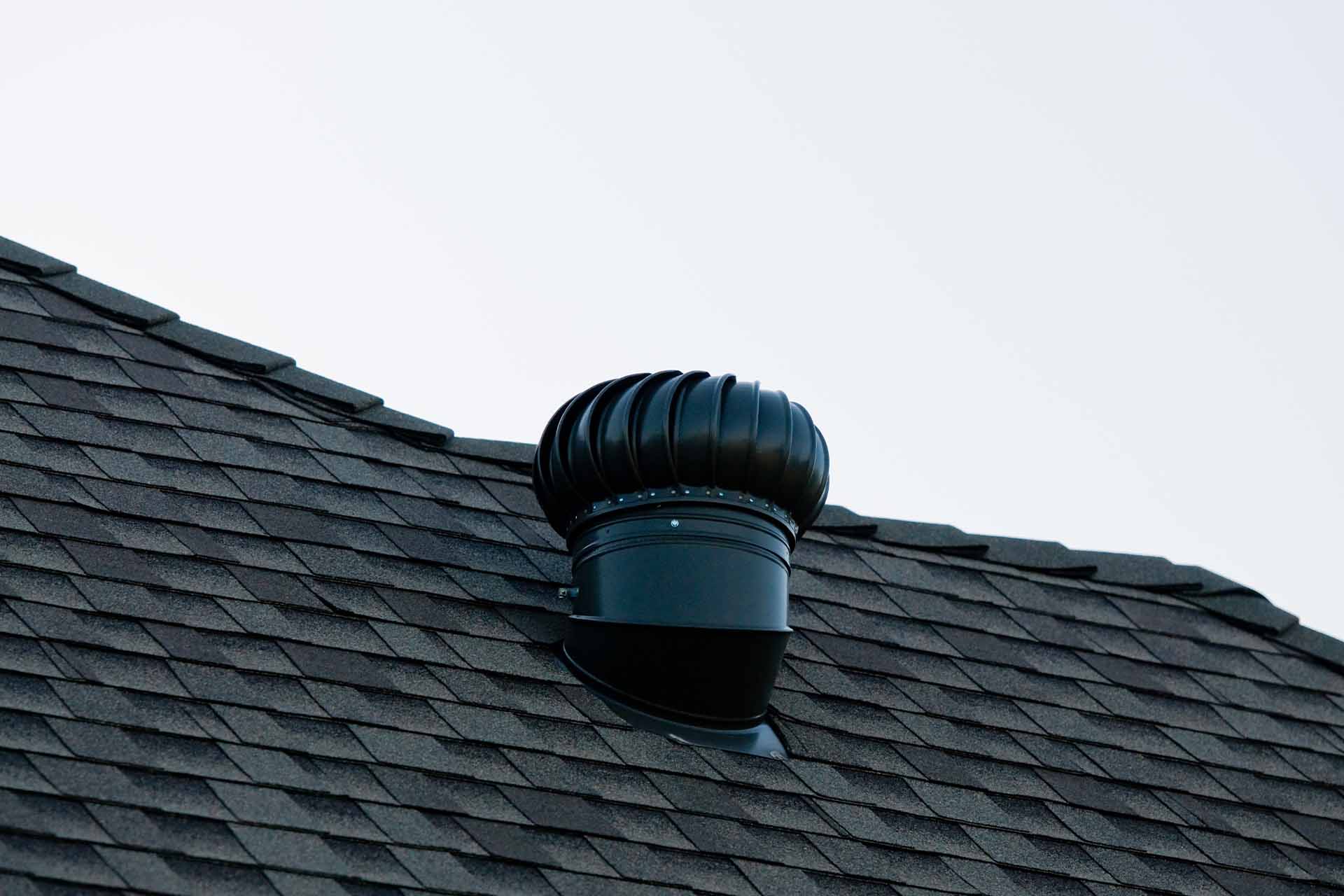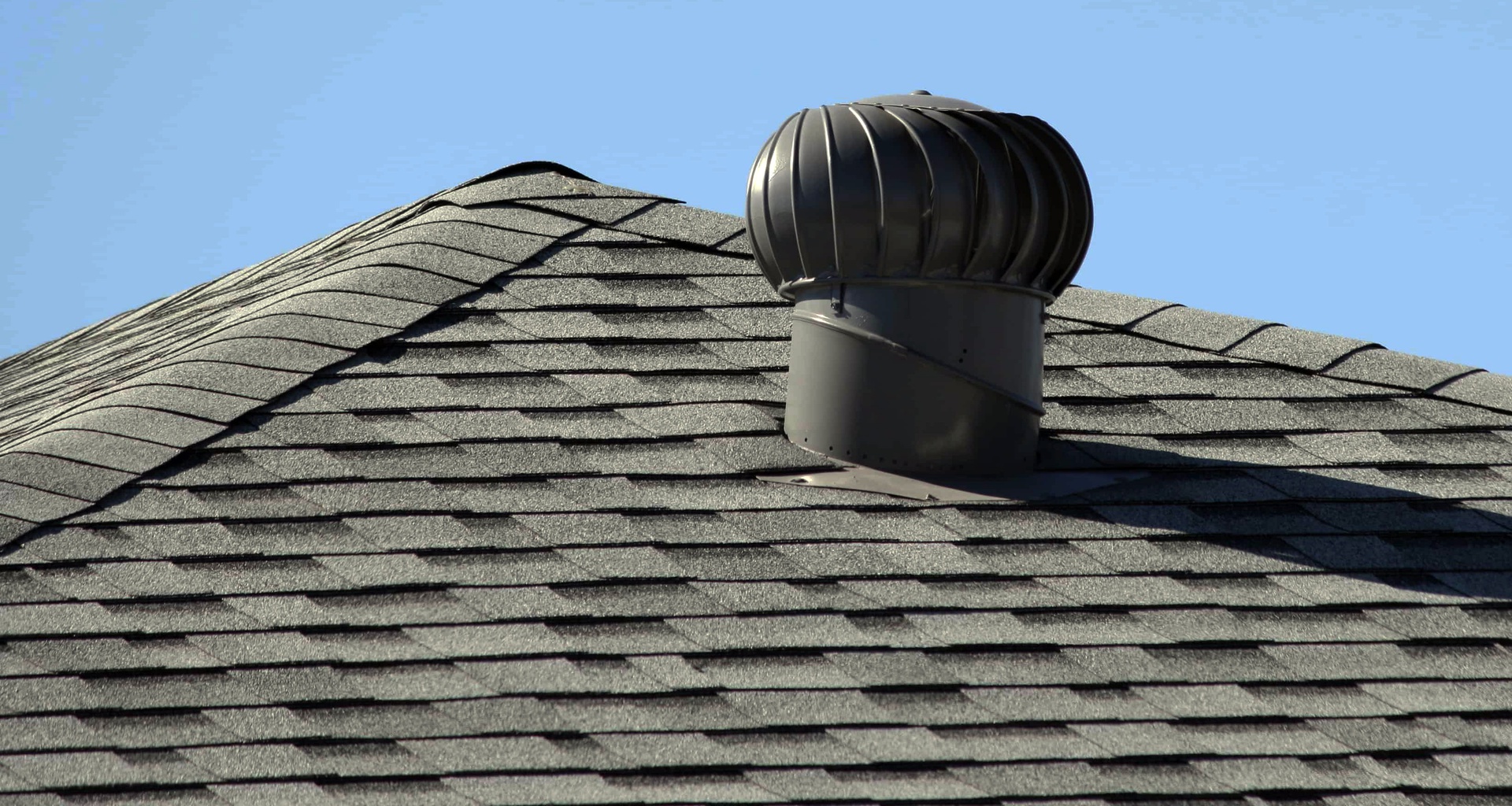Bathroom Exhaust Roof Vent Basics

A bathroom exhaust roof vent plays a crucial role in maintaining a healthy and comfortable indoor environment by effectively removing moisture, odors, and pollutants from the bathroom. This vent acts as a conduit for air to be expelled from the bathroom, preventing the buildup of humidity and the potential for mold growth, mildew, and other issues.
Types of Bathroom Exhaust Roof Vents
The type of roof vent used for a bathroom exhaust system depends on factors such as the size and location of the bathroom, the type of roof, and the desired level of noise reduction. Here are some common types of bathroom exhaust roof vents:
- Turbine Vents: These vents use a rotating turbine to draw air out of the bathroom, and they are often preferred for their quiet operation and ability to operate even in windy conditions. They are commonly used in residential applications due to their efficiency and cost-effectiveness.
- Static Vents: These vents rely on natural airflow to expel air from the bathroom. They are typically less expensive than turbine vents but may not be as effective in windy conditions or when there is limited airflow. They are often used in situations where a quiet operation is not a priority.
- Power Vents: These vents use an electric motor to draw air out of the bathroom. They are often used in situations where there is a need for greater airflow or where the bathroom is located in a poorly ventilated area. They are more energy-intensive than turbine or static vents but provide higher airflow.
How a Bathroom Exhaust Roof Vent Operates
The operation of a bathroom exhaust roof vent is relatively simple. When the bathroom exhaust fan is turned on, it draws air from the bathroom and pushes it through the vent. The vent then directs the air upwards, expelling it into the atmosphere. The vent’s design and materials play a crucial role in its effectiveness.
Advantages and Disadvantages of Roof Vent Materials
The material used to construct a bathroom exhaust roof vent can affect its durability, noise level, and cost.
| Material | Advantages | Disadvantages |
|---|---|---|
| Plastic | Lightweight, affordable, easy to install | Less durable than metal, may crack or fade in extreme temperatures |
| Metal | Durable, resistant to weather conditions, can withstand high temperatures | More expensive than plastic, may rust or corrode if not properly maintained |
Installation and Maintenance

Installing and maintaining a bathroom exhaust roof vent properly is crucial for ensuring a healthy and comfortable bathroom environment. Proper ventilation helps prevent moisture buildup, mold growth, and unpleasant odors.
Installing a Bathroom Exhaust Roof Vent
Installing a bathroom exhaust roof vent requires careful planning and execution. Here’s a step-by-step guide:
- Choose the right location: Select a suitable location for the roof vent, ensuring it’s positioned away from any obstacles or potential obstructions.
- Measure and cut the roof opening: Measure the dimensions of the roof vent and carefully cut the roof opening using a circular saw or a jigsaw.
- Install the flashing: Secure the flashing around the roof opening to prevent water leaks and create a waterproof seal.
- Install the vent pipe: Attach the vent pipe to the exhaust fan and extend it through the roof opening, ensuring a secure and airtight connection.
- Secure the vent cap: Install the vent cap on the end of the vent pipe, ensuring it’s properly sealed and secured.
- Test the system: Turn on the exhaust fan and check for proper ventilation and airflow.
Proper Ventilation and Airflow
Proper ventilation and airflow are essential for bathroom exhaust systems. They help remove moisture, odors, and pollutants, preventing problems like mold growth and respiratory issues.
Proper ventilation requires a continuous flow of fresh air into the bathroom and exhaust air out of the bathroom.
Here are some key considerations:
- Fan size and CFM: The exhaust fan should be sized appropriately for the bathroom’s square footage. The fan’s CFM (cubic feet per minute) rating indicates the amount of air it can move.
- Vent pipe size: The vent pipe should be large enough to accommodate the airflow from the exhaust fan. A smaller vent pipe can restrict airflow and reduce the fan’s effectiveness.
- Vent pipe length: The length of the vent pipe should be minimized to prevent excessive airflow resistance.
Maintaining a Bathroom Exhaust Roof Vent
Regular maintenance is essential for ensuring the proper functioning of a bathroom exhaust roof vent.
- Clean the exhaust fan: Regularly clean the exhaust fan blades and housing to remove dust and debris that can hinder airflow.
- Inspect the vent pipe: Check the vent pipe for any cracks, leaks, or blockages.
- Check the vent cap: Ensure the vent cap is properly sealed and secure to prevent water from entering the vent pipe.
- Lubricate the fan motor: Lubricate the fan motor according to the manufacturer’s instructions.
Troubleshooting Common Issues
Troubleshooting common issues with bathroom exhaust roof vents can help identify and resolve problems quickly.
- Weak airflow: Check for blockages in the vent pipe, dust buildup on the fan blades, or a malfunctioning fan motor.
- Noise: Inspect the fan blades for any damage or debris. Check for loose connections or vibrations in the vent pipe.
- Leaks: Inspect the flashing around the roof opening for any gaps or damage. Check for leaks in the vent pipe or vent cap.
Benefits and Considerations

A bathroom exhaust roof vent is an essential component of any well-designed bathroom, offering significant health, safety, and environmental benefits. By efficiently removing moisture, odors, and pollutants from the air, these systems contribute to a healthier living environment and protect your home from potential damage. This section will delve into the advantages of using a bathroom exhaust roof vent and highlight important considerations for choosing the right system for your needs.
Health and Safety Benefits
A properly functioning bathroom exhaust roof vent plays a crucial role in maintaining a healthy and safe indoor environment. It effectively removes excess moisture, which can lead to the growth of mold and mildew, posing health risks, particularly for individuals with respiratory issues or allergies. The ventilation system also eliminates unpleasant odors, improving air quality and creating a more pleasant atmosphere. Furthermore, by removing steam and humidity, the exhaust vent helps prevent condensation on mirrors, windows, and walls, reducing the risk of damage caused by moisture buildup.
Environmental Impact
Bathroom exhaust systems can have a positive impact on the environment by reducing energy consumption. When a bathroom is properly ventilated, it minimizes the need for excessive heating and cooling, as the removal of moisture and humidity helps regulate the temperature and humidity levels within the home. This can contribute to a more energy-efficient home, reducing your carbon footprint and lowering energy bills.
Choosing the Right Size and Type, Bathroom exhaust roof vent
The size and type of bathroom exhaust roof vent are critical factors to consider to ensure optimal performance. The size of the vent should be appropriate for the size of the bathroom to effectively remove moisture and air pollutants. The type of vent, whether powered or passive, depends on the specific needs of the bathroom and the available power source. Consult local building codes and regulations for guidance on the minimum size and type of vent required for your bathroom.
Local Building Codes and Regulations
Compliance with local building codes and regulations is essential for ensuring a safe and functional bathroom exhaust system. These codes typically specify minimum requirements for vent size, location, and performance. It is crucial to consult with your local building department or a qualified contractor to ensure your chosen vent meets all applicable codes and regulations.
